Are Stem Cells Right for You?
The future of medicine focused on advanced biologic treatments to treat injuries. Discover the power of using your body to accelerate healing and recovery for joint and soft tissue pain. At the Pain Treatment Institute for Regenerative Medicine, we offer science-backed biologic treatments to accelerate address pain and repair of soft tissue and joints that have been damaged by injury, aging and degenerative diseases.
Leading the Future of Regenerative Medicine in DFW
Dr. Sameer Syed, CEO and Founder of the Pain Treatment Institute for Regenerative Medicine
Focused on Advanced Pain Treatments. As a highly respected and board-certified pain physician, Dr. Sameer Syed is dedicated to delivering exceptional, personalized regenerative medicine care to patients across the Dallas-Fort Worth metroplex.
Regenerative Medicine for Long-Term Pain Relief. Dr. Syed explains, “Regenerative medicine is the future of pain treatment because it focuses on healing rather than just masking symptoms. By using the body’s own cells to repair damaged tissue, we can offer patients a non-surgical alternative that leads to long-term relief. Traditional pain treatments often rely on medications and temporary solutions. With PRP and Stem Cell Therapy, we’re able to address the root cause of pain, promote tissue regeneration, and get patients back to their active lifestyles faster.
Restore Function and Quality of Life. At the Pain Treatment Institute for Regenerative Medicine, our goal ss to provide the most advanced and effective treatments available. Regenerative medicine is revolutionizing how we treat musculoskeletal conditions, offering a natural and minimally invasive way to restore function and quality of life.”


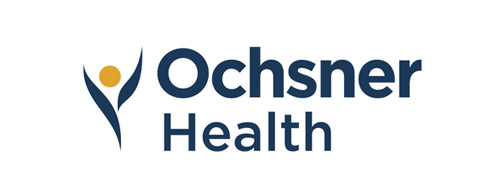
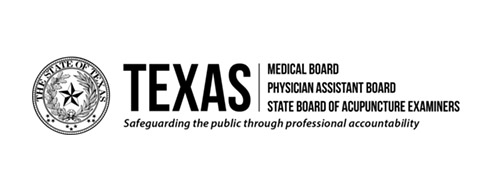

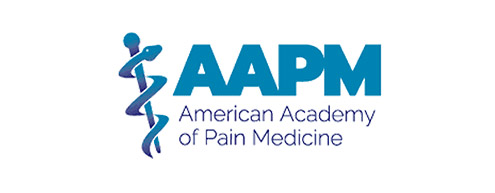


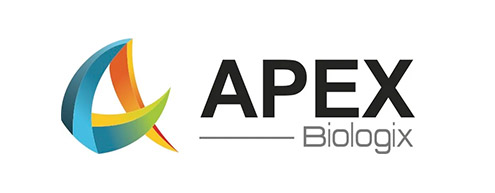
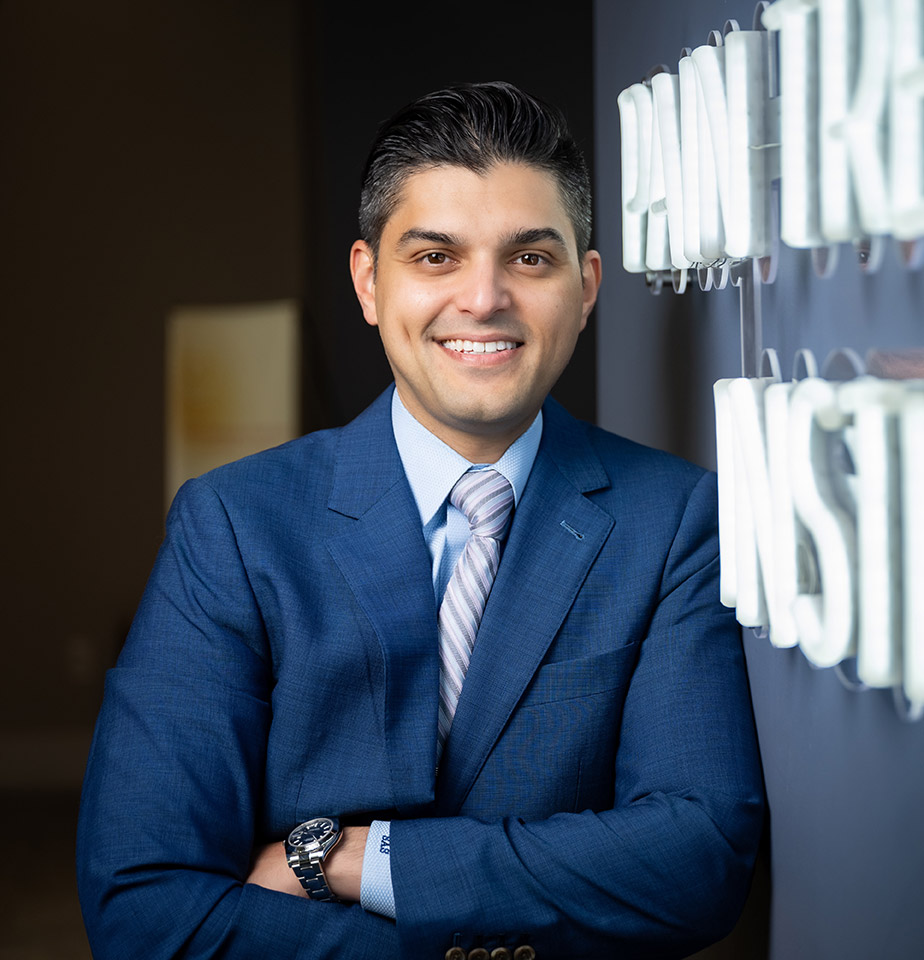
What is Regenerative Medicine for Pain Management?
What is Regenerative Medicine for Pain Relief?
Regenerative medicine is an advanced field of treatment that harnesses the body’s natural ability to heal and repair damaged tissues. Unlike traditional pain management approaches that primarily mask symptoms, regenerative therapies stimulate cellular repair, reduce inflammation, and promote long-term healing.
These innovative treatments include Platelet-Rich Plasma (PRP}, Stem Cells, and Protein Concentrate (A2M) Treatments. Regenerative medicine therapies are transforming how we treat musculoskeletal (MSK) and joint pain management by offering minimally invasive solutions for chronic conditions and injuries.
What is Protein Concentrate (A2M)?
Protein Concentrate or Alpha-2-Macroglobulin (A2M) therapy is an innovative, non-surgical regenerative medicine treatment designed to alleviate shoulder pain by targeting the root cause of joint degeneration and inflammation.
The A2M is a naturally occurring protein in the blood that acts as a powerful inhibitor of cartilage breakdown, making it an effective treatment for conditions such as rotator cuff injuries, osteoarthritis, and chronic shoulder pain.
What is (PRP) Platelet-Rich Plasm?
PRP is an advanced regenerative treatment that uses your body’s own healing properties to repair damaged tissues, reduce inflammation, and provide long-term pain relief.
PRP is derived from a simple blood draw to separate and to concentrate the plasma to harness growth factors and healing proteins. Once injected into the affected area, PRP stimulates tissue regeneration, enhances collagen production, and accelerates recovery.
What for What are the Stem Cells?
Stem cells are specialized cells within your body that have the unique ability to develop into various cell types, such as cartilage, bone, or muscle. These cells play a vital role in tissue repair and regeneration. In interventional pain management, stem cells from your body are used to accelerate healing, and recovery to help restore damaged joints, tendons, ligaments, and spinal structures.
Exclusive Offer from Pain Treatment Institute for Regenerative Medicine
$900 PRP Treatment, Normally priced at $1800:
Science Backed & Patient Proven:
Get Your PRP Treatment Today!
Mention Offer Code PainTIRM 2025 for the exclusion promotion.
Featured Regenerative Medicine Treatments
Don’t let pain hold you back
discover a natural, lasting solution that is non-surgical and true healing. Schedule your consultation today! Call 214-403-4404 for assistance.
Regenerative Medicine
How Much Bioactive Compounds and Platelets Are You Really Getting?
Our advanced system delivers 6.5mL of Platelet-Rich Plasma (PRP) with a concentration level of 7-9 times baseline that has been independently tested by Intermountain Healthcare Laboratories. The third-party test results from a 60mL kit from an average PRP volume of 6.35mL results are as follows:
Estimated Stem Cells in in our Bone Marrow
Newborns
Teenager
30's
50's

Mesenchymal stem cells (MSCs) are considered multipotent cells with the ability to differentiate into various cell types and promote tissue regeneration, making them crucial in regenerative medicine for treating injuries and diseases.
As a newborn, mesenchymal stem cells (MSCs) are at their highest concentration and potency. At birth, humans have a high concentration of stem cells, particularly in the bone marrow, umbilical cord blood, and various tissues. As illustrated in the graph, per bone marrow, researchers estimate one mesenchymal stem cell in every 10,000 cells for newborn babies.
Key Characteristics of Newborn MSCs:
- High proliferative capacity: Rapid expansion with minimal senescence.
- Strong differentiation potential: Capable of efficiently forming bone, cartilage, fat, and other mesenchymal tissues.
- Low immunogenicity: Less likely to provoke immune rejection.
- Robust anti-inflammatory and immunomodulatory properties.
Longer telomeres: Greater longevity and genomic stability.

Stem Cells and Age. As we age, two things happen to our stem cells. First, we lose the numbers of them. Second, the number of stem cells decreases.
In our teenage years, there are an estimated 100,000+ nucleated bone marrow cells. We lose about 50% of our stem cells from newborn to teenage years.
Key Characteristics of Teen MSCs:
- Moderate proliferative capacity: Still capable of expansion, but slower than newborn MSCs.
- Good differentiation potential, though slightly reduced from infancy.
- Lower risk of senescence, but aging markers begin to appear.
- Telomere length is shorter than in newborns but still adequate for function.
- Stable immunomodulatory function: MSCs still exhibit strong anti-inflammatory effects.

At age 30, while the body still retains regenerative capacity, the natural decline in stem cells slows tissue repair and recovery from injuries. This reduction in stem cell availability contributes to slower healing, increased joint wear, and the early onset of degenerative conditions.
In our 30’s, our MSCs ability to proliferate is slower, our immunomodulatory capacity is diminished, and our senescence markers rise due to aging and environmental factors.
his reflects a 25- to 100-fold reduction from newborn levels.
Key Characteristics in the 30s:
- Reduced proliferative capacity: Expansion in culture is slower.
- Decreased differentiation potential, especially for bone and cartilage.
- Onset of cellular senescence becomes more apparent.
- Shorter telomeres and accumulation of oxidative stress.
- Mild decline in immunomodulatory and anti-inflammatory functions

By age 50, the decline in both the quantity and functionality of mesenchymal stem cells (MSCs) becomes more pronounced. Approximately 1 in 400,000+ nucleated bone marrow cells MSCs are available. This represents a 40- to 200-fold decrease compared to newborn levels.
At age 50, there is significant reduction impacting the body’s ability to repair tissues, regenerate cartilage, and recover from injuries, leading to slower healing and increased joint degeneration. As a result, many individuals experience chronic pain, inflammation, and mobility issues, particularly in the joints, spine, and soft tissues. Regenerative medicine with PRP and stem cells can help counteract this decline by enhancing the body’s natural healing processes and promoting long-term tissue repair.
Key Changes by Age 50:
- Proliferation: Slower cell division, limiting expansion in culture.
- Differentiation: Marked decline in osteogenic (bone) and chondrogenic (cartilage) potential.
- Senescence: Higher levels of cellular aging markers (e.g., p16, β-galactosidase).
- DNA Damage: Increased mutations and epigenetic alterations.
Inflammatory profile: Shift toward a pro-inflammatory phenotype
Source:
Dr. Arnold Caplan’s research on mesenchymal stem cells and their decline with age, Hayflick Limit and Cellular Senescence studies, which show reduced proliferative potential of stem cells over time.
Studies in the Journal of Bone and Joint Surgery and other regenerative medicine journals, examining the relationship between aging and stem cell depletion.
Stem cell aging studies from the National Institutes of Health (NIH) and regenerative medicine reviews and the bone marrow stem cell quantification studies, which estimate stem cell ratios in different age groups.
Frequently Asked Questions
WHAT IS REGENERATIVE MEDICINE?
Regenerative medicine focuses on using the body’s natural healing abilities to repair damaged tissues, reduce inflammation, and restore function. PRP (Platelet-Rich Plasma) and Stem Cell therapy harness the power of growth factors, cytokines, and stem cells to promote tissue regeneration and accelerate healing.
HOW DOES PRP AND STEM CELLS HELP WITH PAIN AND INJURY?
- Knee & Hip Injuries – Meniscus tears, osteoarthritis, ligament sprains
- Elbow &Shoulder Injuries – Rotator cuff tears, labral injuries, tendonitis
- Spinal, Back, and Hip Pain – Degenerative disc disease, facet joint syndrome
- Foot and Knee Pain for Tendon & Ligament Damage – Achilles tendonitis, tennis elbow, plantar fasciitis
- Foot, Knee, and Ankle Pain – Arthritis, meniscus tears, ligament injuries (ACL, MCL), patellar tendonitis, plantar fasciitis, Achilles tendonitis, ankle sprains, and arthritis.
- Sports & Overuse Injuries – Muscle strains, bursitis, chronic inflammation
- Foot, Knee, and Ankle Pain – Arthritis, meniscus tears, ligament injuries (ACL, MCL), patellar tendonitis, plantar fasciitis, Achilles tendonitis, ankle sprains, and arthritis.
HOW DO I CHOOSE BETWEEN PRP AND STEM CELLS TO TREAT PAIN?
The choice between PRP (Platelet-Rich Plasma) and Stem Cell Therapy depends on the severity of your condition, the type of tissue damage, and your treatment goals:
- PRP Therapy is best for mild to moderate injuries, including tendonitis, ligament strains, early arthritis, and inflammation-related pain. It works by delivering high concentrations of growth factors to stimulate healing and reduce inflammation.
- Stem Cell Therapy is ideal for moderate to severe degeneration, such as advanced arthritis, cartilage loss, chronic joint pain, and soft tissue damage. Stem cells repair and regenerate tissues at a deeper level, making them more effective for long-term structural healing.
WHAT TYPES OF STEM CELLS ARE USED AT PAIN TREATMENT INSTITUTE FOR REGENERATIVE MEDICINE?
Stem cells used in regenerative medicine are typically sourced from autologous (your own) body. At our clinic, we use stem cells derived from a patient’s bone marrow derived from the Iliac crest or hip bone. It is commonly referred to as Bone Marrow-Derived Stem Cells (BMAC). These stem cells are mesenchymal stem cells (MSCs) and are excellent for joint regeneration, cartilage repair, and musculoskeletal injuries.
HOW LONG DOES IT TAKE TO SEE RESULTS FROM PRP OR STEM CELL THERAPY?
Most patients notice improvements within a few weeks to months, depending on the severity of their condition. PRP results typically appear in 4–8 weeks, while stem cell therapy may take several months as cells regenerate and repair tissues over time.
WHY SHOULD I CHOOSE PRP OVER STEROID INJECTIONS?
While steroid injections provide temporary pain relief by reducing inflammation, PRP (Platelet-Rich Plasma) therapy goes further by stimulating natural healing and tissue regeneration.
- Long-Term Healing vs. Temporary Relief – PRP enhances tissue repair and strengthens damaged structures, while steroids only mask pain and can weaken tissues over time.
- Fewer Side Effects – PRP is autologous (from your own blood) and has minimal risk, whereas repeated steroid use can lead to cartilage deterioration, bone loss, and tendon damage.
- Reduces Inflammation Naturally – PRP contains growth factors and anti-inflammatory proteins, promoting healing without the risks of steroid overuse.
- Ideal for Chronic Conditions – PRP is especially effective for tendonitis, arthritis, ligament injuries, and joint degeneration, offering a long-term solution rather than short-term symptom relief.
ARE PRP AND STEM CELL THERAPY FDA APPROVED?
At Pain Treatment Institute for Regenerative Medicine, we adhere to strict regulatory and safety protocols, using only clinically supported regenerative therapies that comply with FDA guidelines.
PRP (Platelet-Rich Plasma) and Stem Cell Therapy fall under the category of minimally manipulated regenerative treatments, which are permitted by the FDA under current guidelines. PRP (Platelet-Rich Plasma) and autologous (self-derived) stem cell therapies fall under the FDA’s regulatory framework for minimally manipulated human cells, tissues, and cellular and tissue-based products (HCT/Ps), governed by 21 CFR Part 1271.
- PRP Therapy is considered minimally manipulated and autologous, meaning it is not classified as a drug and is permitted under FDA’s 361 HCT/P regulations, as long as it is processed at the point of care and used for homologous purposes.
- Stem Cell Therapy using bone marrow or adipose-derived cells is also regulated under Section 361, provided the cells are minimally manipulated and used in the same surgical procedure. However, stem cell products from donors (such as umbilical cord-derived or amniotic stem cells) require FDA approval as a biologic drug under Section 351 before clinical use.
HOW MANY TREATMENTS ARE NEEDED FOR OPTIMAL RESULTS?
The number of treatments depends on the condition being treated. PRP therapy may require 1–3 sessions, while Stem Cell therapy is often a one-time treatment but may be repeated for severe or chronic cases.
WHAT IS THE COST OF THE TREATMENTS AND IS IT COVERED BY INSURANCE
Costs range from $1200 for a single PRP treatment and Stem Cell Therapy starts at $2500. Each patient is different and may require a higher amount of concentrated stem cell processing. Unfortunately, these regenerative treatments are not covered by insurance and is a cash procedure.
At Pain Treatment Institute for Regenerative Medicine, we work closely with our patients to under their pain and develop a personalized treatment plan.
IS PRP OR STEM CELL THERAPY RIGHT FOR ME?
A consultation at Pain Treatment Institute for Regenerative Medicine includes a comprehensive evaluation, medical history review, and diagnostic testing to determine the best treatment plan. Our personalized approach ensures you receive the most effective regenerative therapy for your condition.
Great Customer Testimonial
Testimonial




